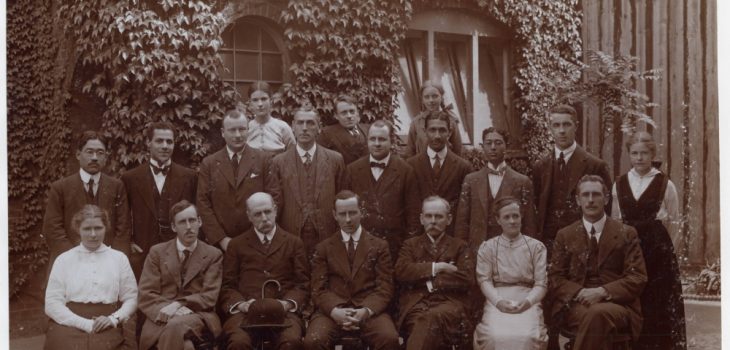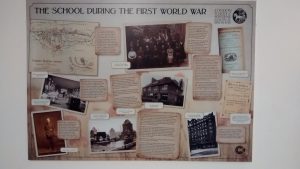At this time the School was part of the Seaman’s Hospital Society and was based in the Albert Docks in the East End, along with the Hospital for Tropical Diseases. This was so students had access to seamen suffering from tropical diseases who had arrived back from overseas on their boats which docked in the Thames. The school offered facilities for study and research, including laboratories and insectaries that provided students with the opportunities to develop and share their knowledge. There was also an emphasis that students would not only learn how to identify and treat tropical disease but would also gain the skills to investigate illnesses.
To accommodate the teaching at the school there were dispensaries on East India Dock Road and in Gravesend Kent with access to two hospitals, the ‘Dreadnought’ and the Branch Hospital for those studying.
In 1917, there were 3 sessions that were run, the 53rd session which ran from January – April 1917, the 54th session which ran May-July 1917 and the 55th session which ran October – December 1917. At this time the First World War was still raging, with one of the many Battles of Ypres taking place this year, Passchendaele. As a result, 1917 saw a decline in student attendance at the School.
The 1917 sessions employed women for laboratory assistant roles. These laboratory assistants were employed for the first time in December 1915, two years prior. Usually the position of laboratory assistant(s) was given to men, however, due to conscription during the First World War the number of men available to work dropped dramatically, which encouraged employers, to employ women.
While the 53rd and 54th sessions, earlier in the calendar year contained a relatively average amount of students attending the school, the 55th session had only three students attend. These were students J.W. Rowland, J.D. Simlette, and G.R. Footner. Two of these men were private students, with one coming from the Royal Army Medical Corps. This session was affected by air raids, when on October 11th 1917 150 patients were removed from wards to the basement (including 50 stretcher cases).
1917 was a sad year for the school as the committee approved in this year the discontinuation of the school course due to lack of students. This year also saw the death of Dr. David C. Rees (1st medical tutor and Director of the School). 100 years on, we reflect on the changes within the School and wish all the new students all the best in their studies.
If you would like to find out more about the history of the School or our archive collections visit our webpage here or email us at archives@lshtm.ac.uk







